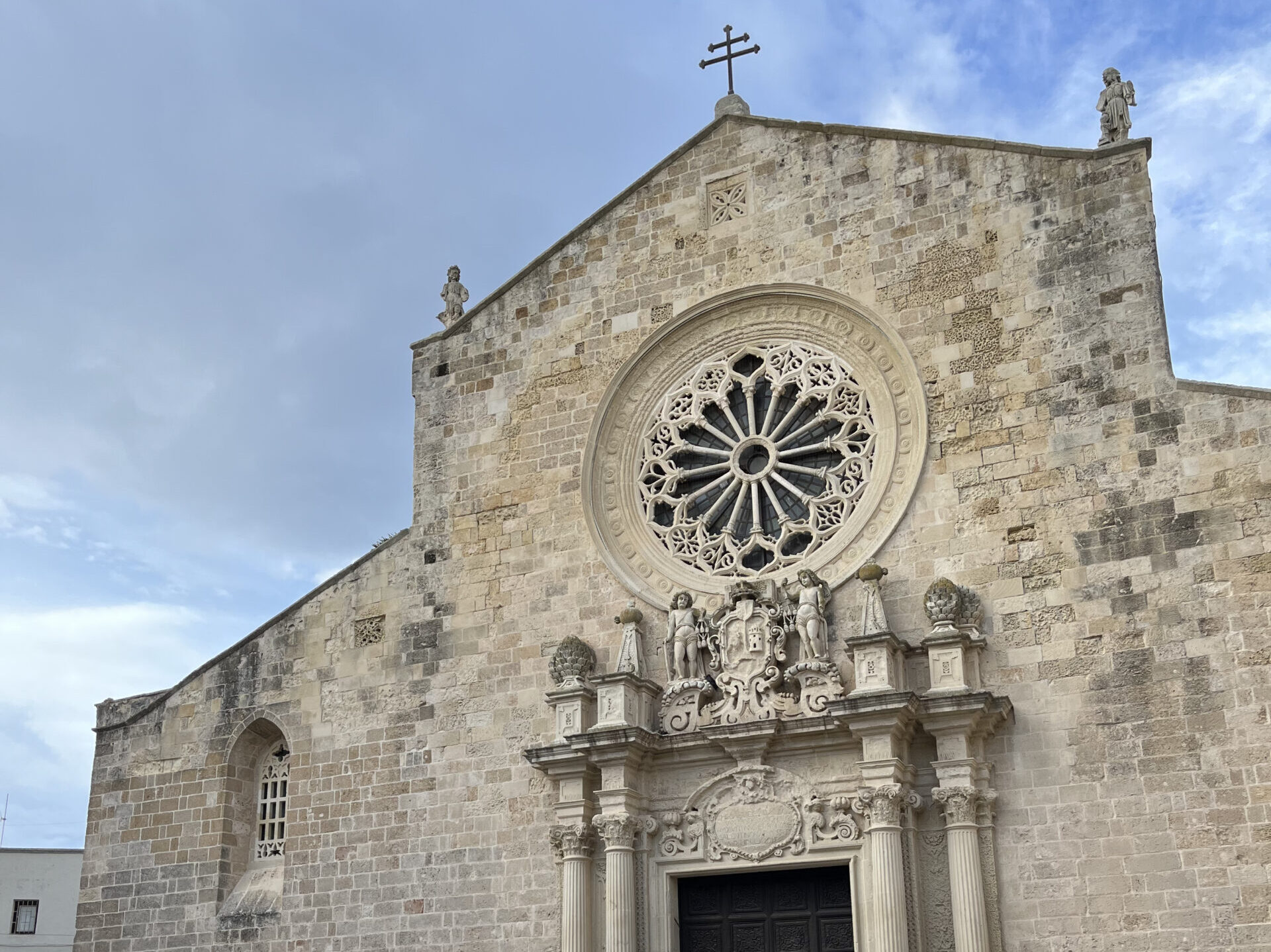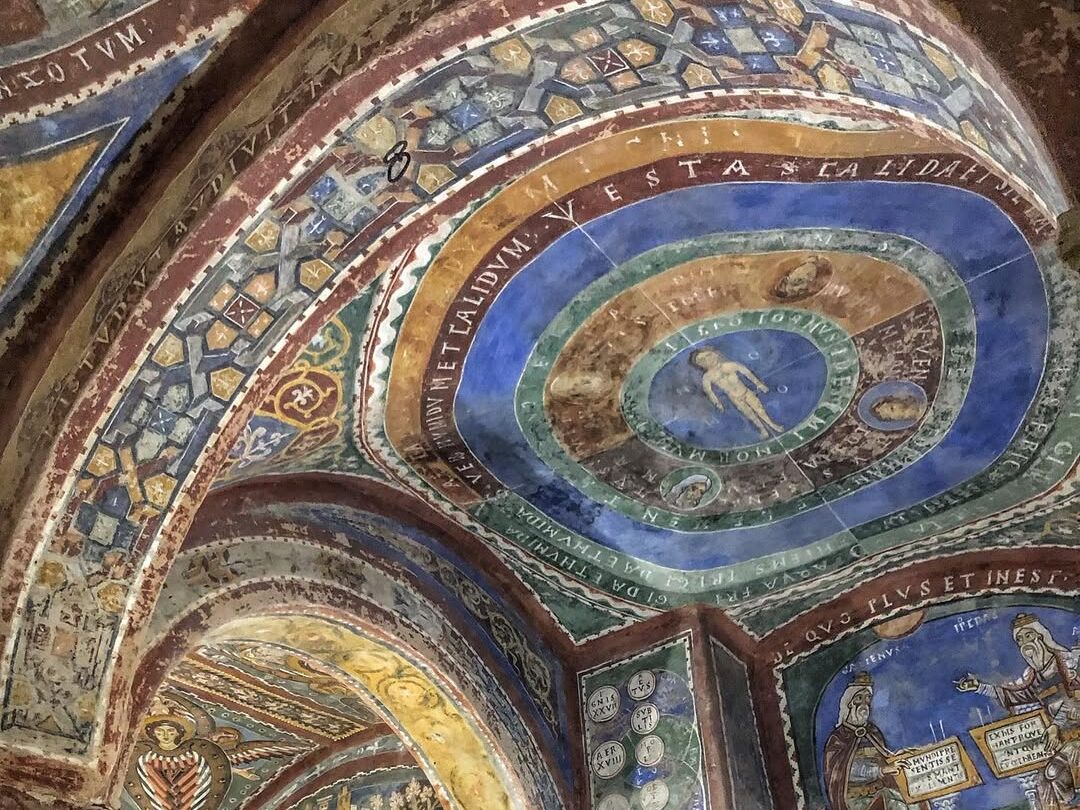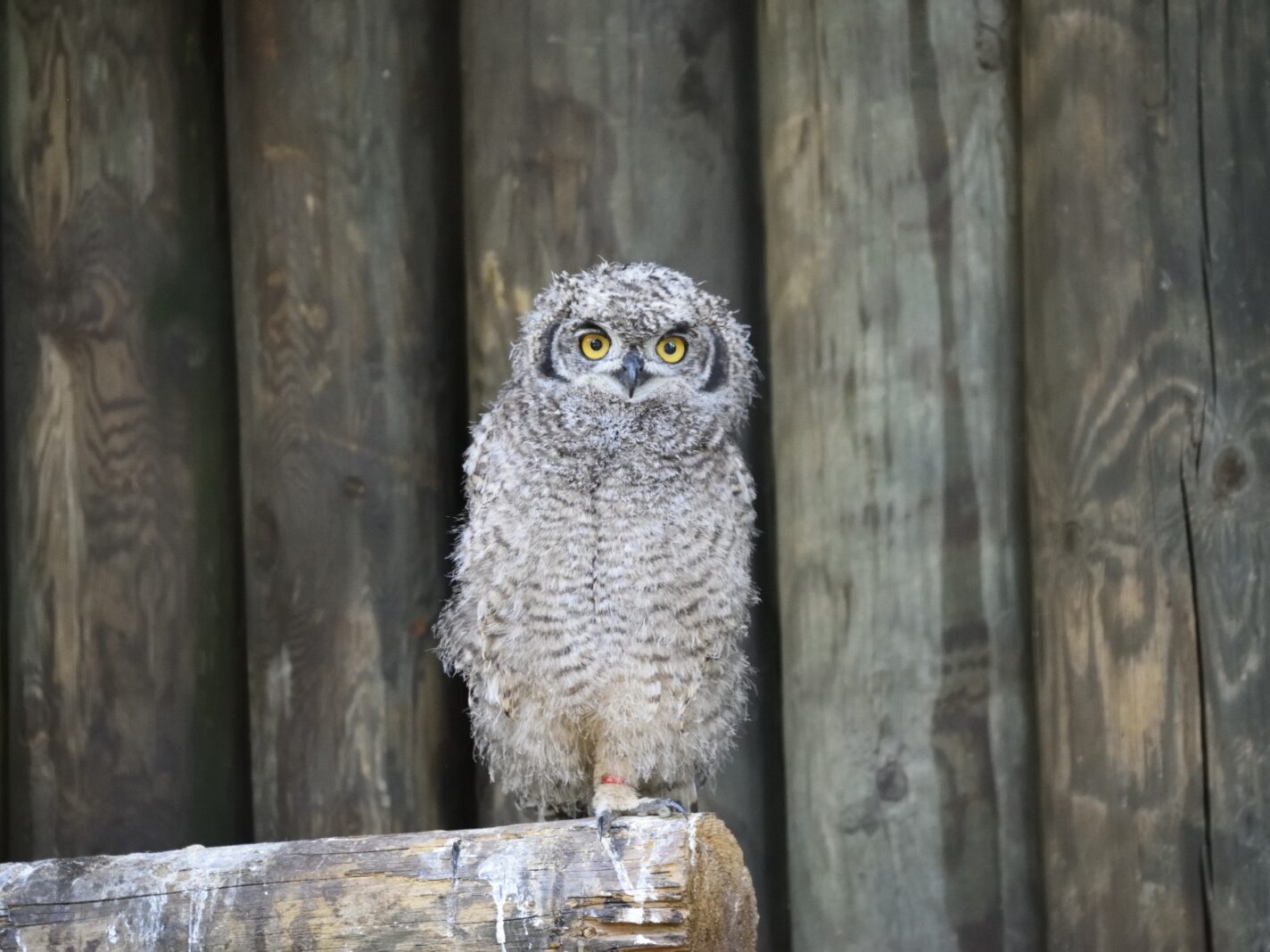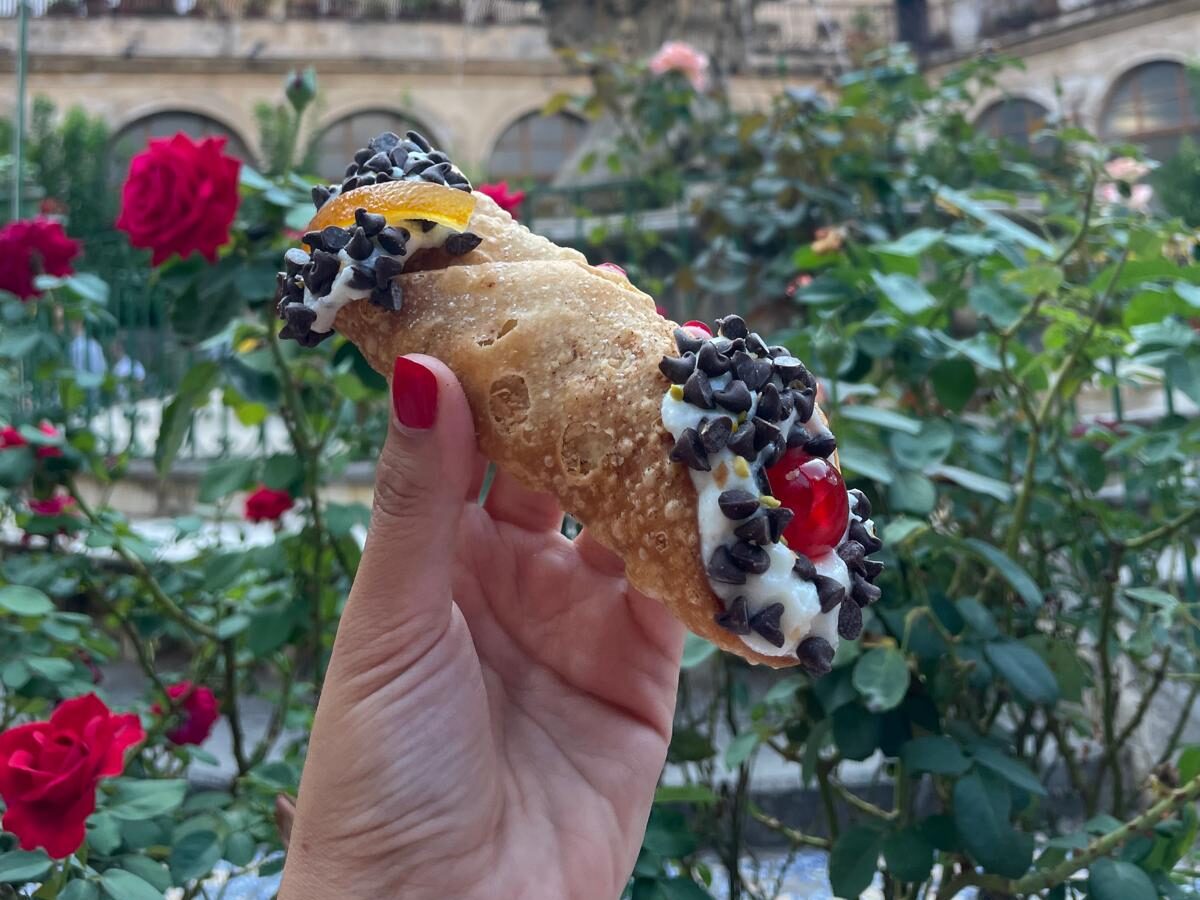Beyond its postcard-perfect beaches, Salento harbors a more enigmatic soul, steeped in myths, magic, and hidden symbols. From the ritual of the taranta in Galatina to the alchemical tales of Matteo Tafuri in Soleto, from the mysteries of Otranto’s mosaic to the prehistoric graffiti of the Grotta dei Cervi, this journey reveals an ancient, fascinating side of Puglia.
Salento isn’t just about basking on sunlit shores, dining in centuries-old masserie or trulli, and admiring the intricate stonework of Baroque and Romanesque churches. While it is one of Italy’s most sought-after holiday destinations, it is also a land of mysteries, legends, and esoteric traditions waiting to be uncovered. One of the most distinctive—and intriguing—of these is the taranta, a term rooted in the age-old belief that the bite of a spider could cause a condition known as tarantismo, curable only through music and dance.
The first stop on this journey into Salento’s hidden side is Galatina, in the province of Lecce. According to legend, the apostle Paul once found shelter in the home of a local resident—today known as the “House of St. Paul.” As a token of gratitude, the saint is said to have granted the townspeople immunity from tarantula venom. Near the chapel still stands the old well whose waters, locals claimed, could miraculously heal bites and stings from poisonous creatures. This was the same water once given to the “tarantate” (women said to be afflicted by tarantismo) before a healing ritual involving the sign of the cross traced over the wound, accompanied by chant-like invocations to drive out the spider’s poison. It was, in essence, a kind of exorcism—only here the demons were cast out to the rhythm of tambourines, violins, and harmonicas. Today the “tarantate” have vanished, but the hypnotic pulse of the pizzica still echoes in Salento’s squares, a proud emblem of local identity. Each August, the Notte della Taranta draws thousands of visitors eager to feel its irresistible beat.
From Galatina, the path leads to the village of Soleto, birthplace of the philosopher, alchemist, and physician Matteo Tafuri (August 8, 1492 – November 18, 1584). Known as the “Socrates of Soleto,” Tafuri traveled extensively through Europe and Asia Minor before returning home to teach. Feared and revered for his reputed gift of prophecy, his fascination with magic and alchemy earned him a mix of admiration and suspicion, and the enduring label of “sorcerer.” Among the many stories linked to him is one about the Guglia Orsiniana, a 45-meter-high spire built in 1397. Tafuri claimed that a coven of witches embroidered the intricate stonework with feverish speed, while flocks of winged devils carried the spire’s components through the night to raise the bell tower in a single stretch. But when the rooster crowed, four devils were caught in the dawn’s light and turned to stone, their mocking faces still visible at the spire’s corners.
The third stop is Otranto, where the Cathedral of Santa Maria Annunziata preserves a remarkable mosaic created by the monk Pantaleone between 1163 and 1165. Exceptionally well-preserved, the work unfolds like a theological labyrinth whose true iconographic meaning can elude modern eyes. At its heart stands the Tree of Life, its branches filled with figures that span Biblical scenes, mythological creatures, and allegorical beasts—many with cryptic symbolism. Among them are a bull, a Behemoth, a Leviathan, an elephant marked with a five-pointed star, a centaur, a unicorn, a twin-tailed mermaid, and even a donkey playing the lyre.
Finally, no journey into Salento’s mysteries would be complete without stepping back into prehistory. This region, one of Europe’s richest in dolmens, menhirs, and megalithic monuments, is home to one of Italy’s most extraordinary archaeological sites: the Grotta dei Cervi, often called the “Sistine Chapel of the Neolithic.” Inside, more than 3,000 prehistoric pictograms survive—a gallery of enigmatic symbols that hint at ancient rites and beliefs, still capable of captivating the imagination thousands of years later.




